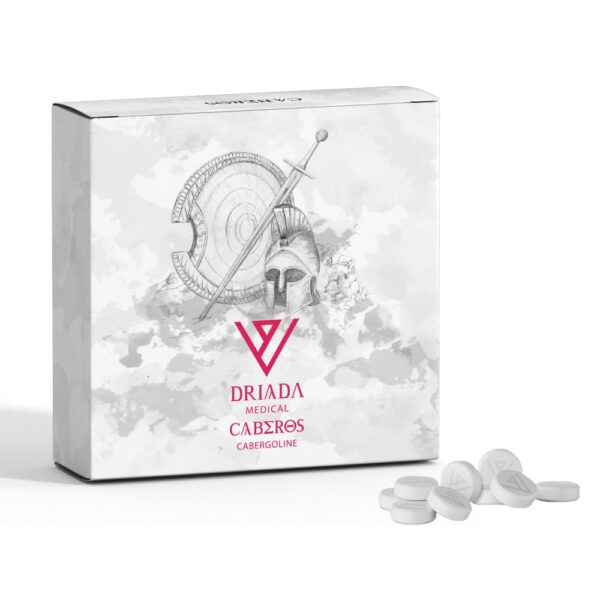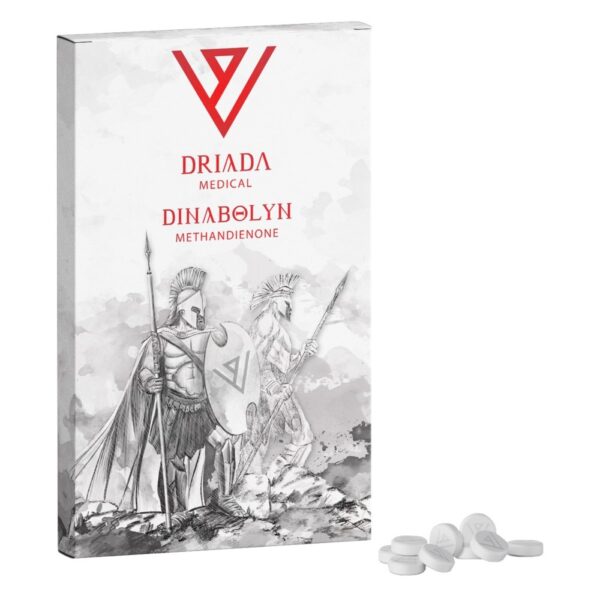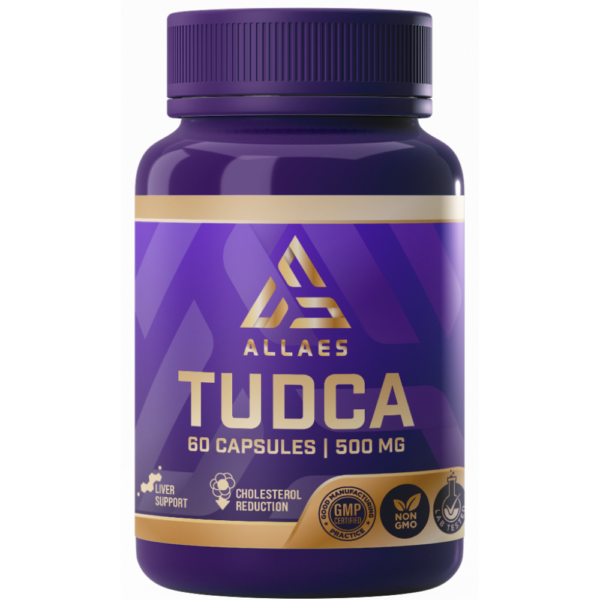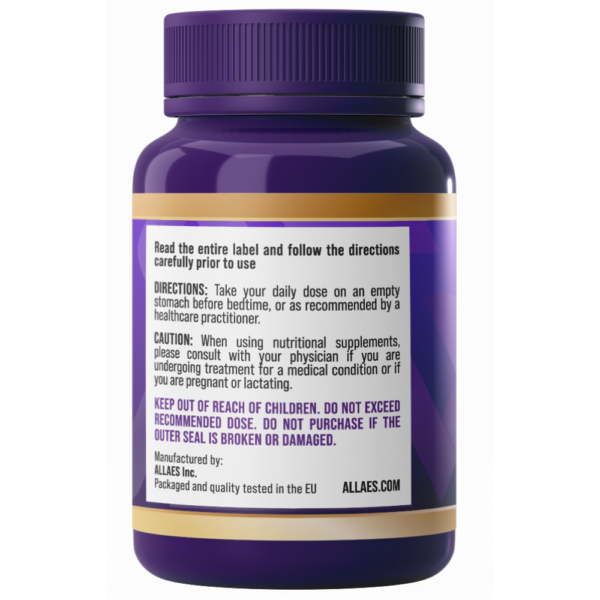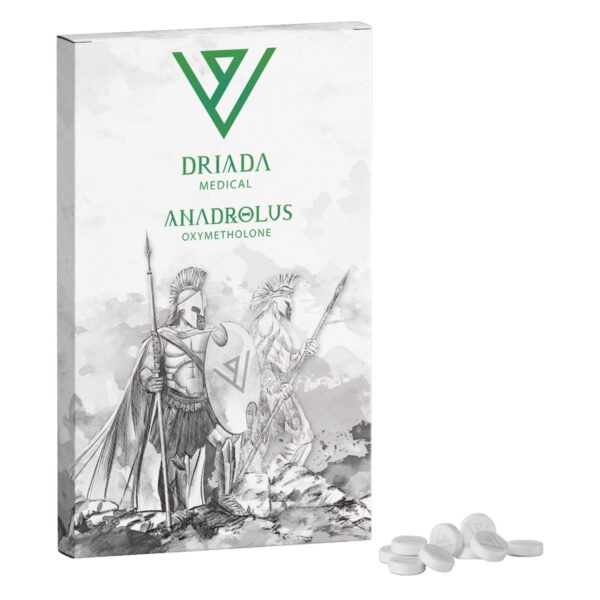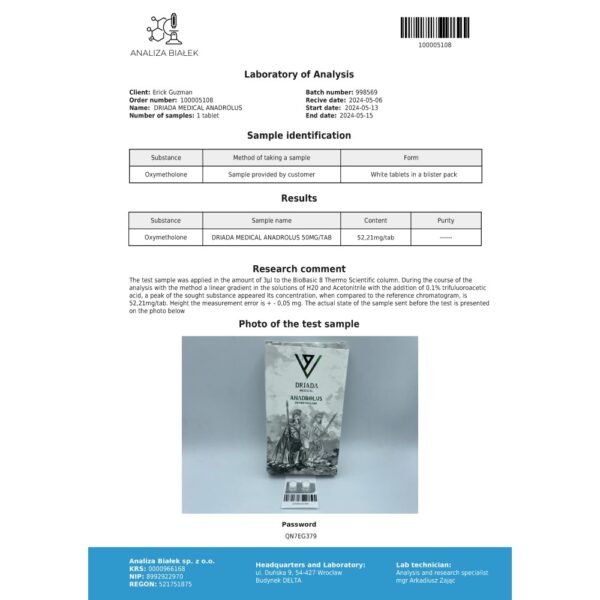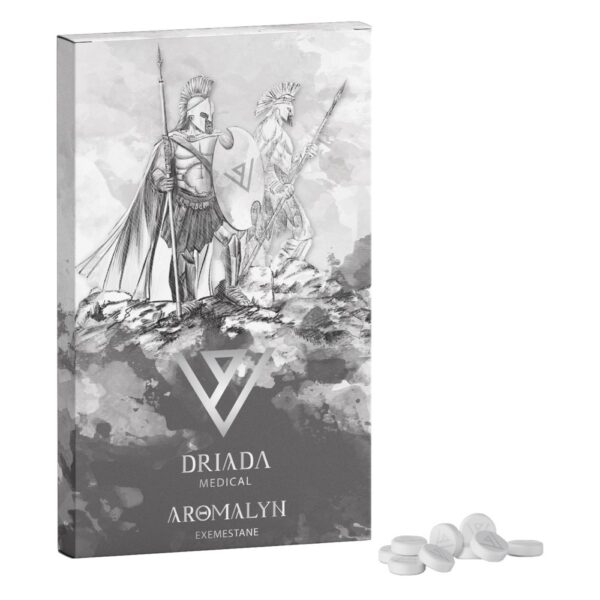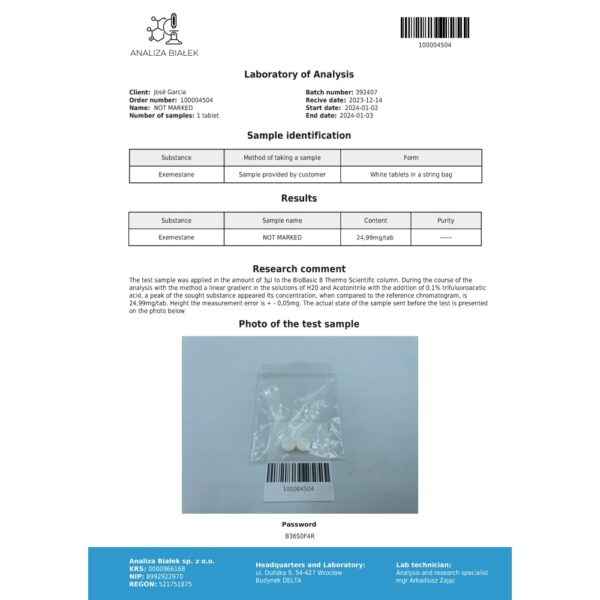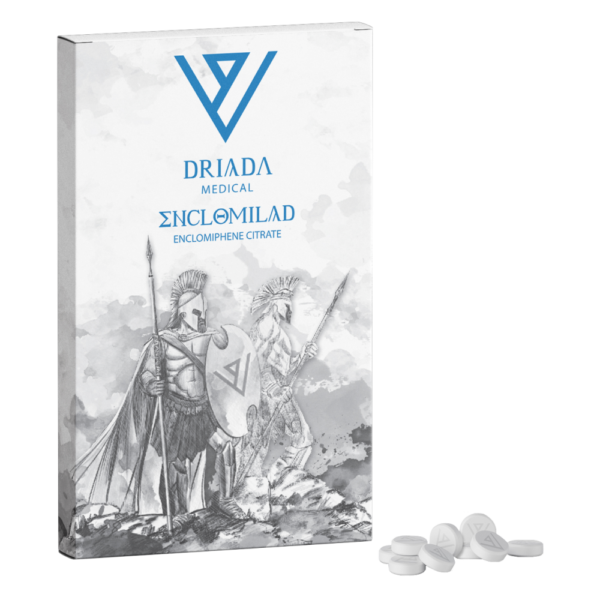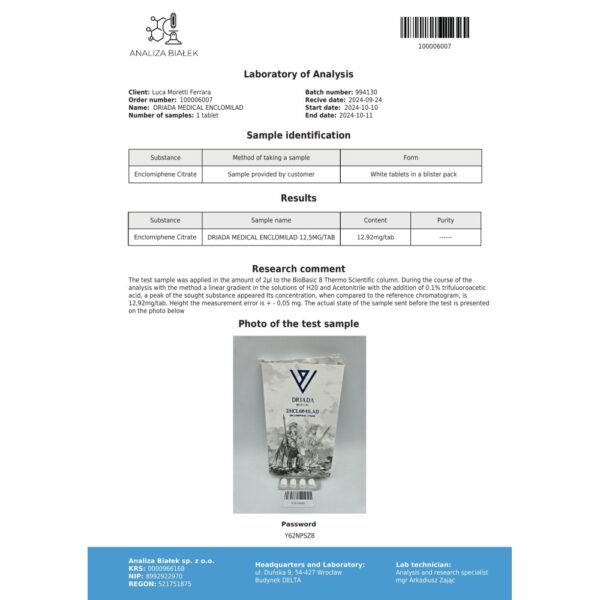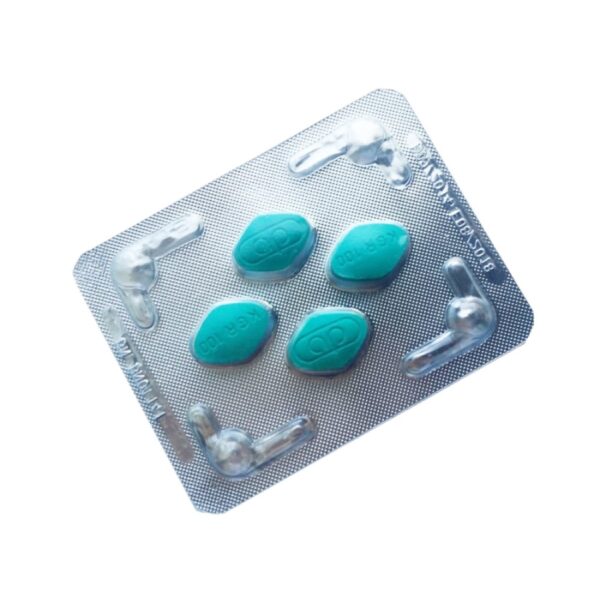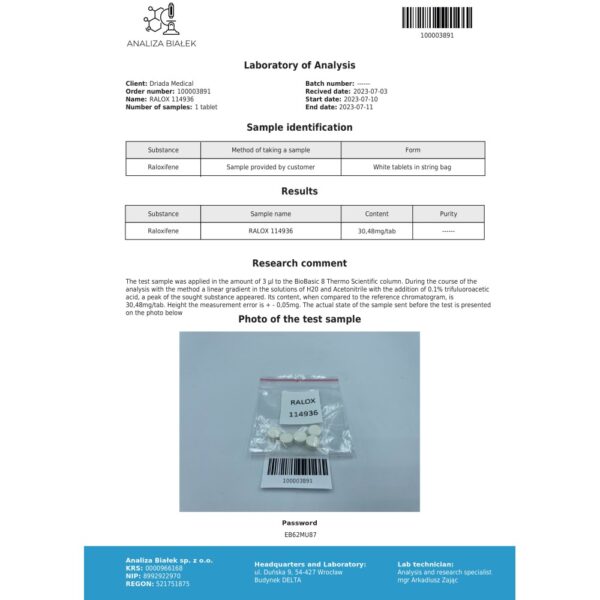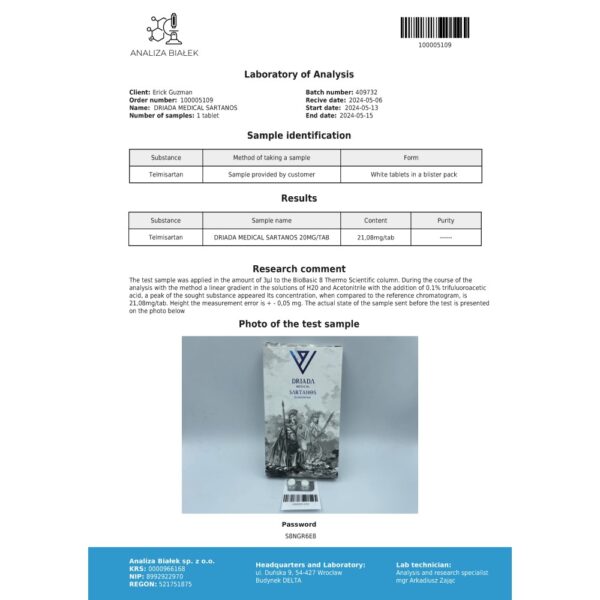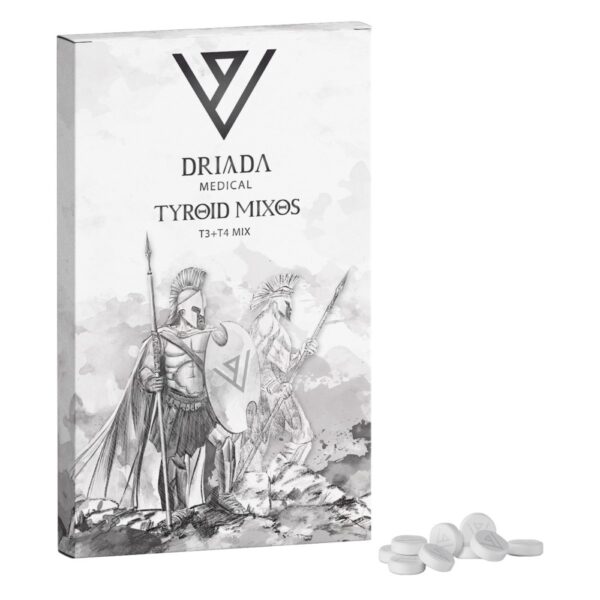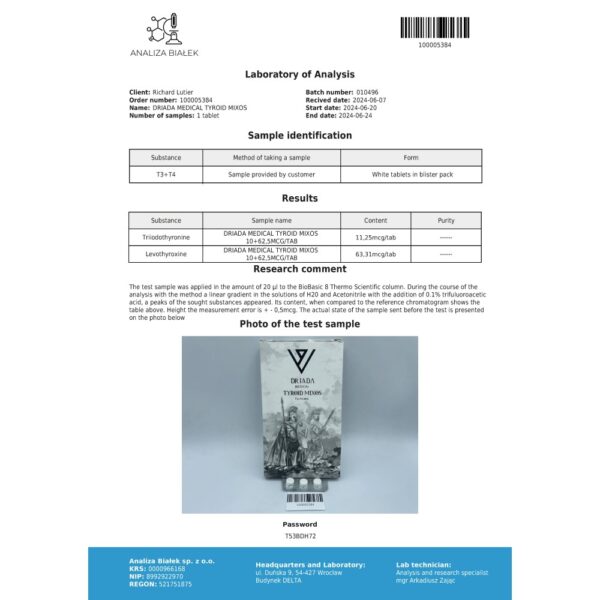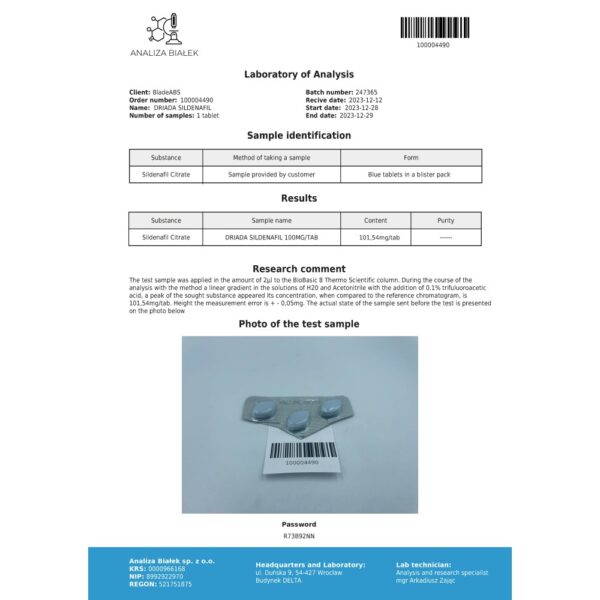Clomilad is a synthetic drug classified as a selective estrogen receptor modulator (SERM). Clomiphene Citrate comes as its active ingredient. The drug was developed in the early 1960s as a popular reproductive medicine. It showed high efficiency in treating infertility in women. It is a nonsteroidal agent that causes its effects by interacting with estrogen receptors in the hypothalamus, which allows for influencing the hypothalamic-pituitary-gonadal (HPG) axis. According to its chemical structure, Clomiphene Citrate includes two isomers, zuclomiphene and enclomiphene, which contribute to its pharmacological effects. The ingredient is offered on the market under various brand names, including Clomid and Serophene. It has been approved by reputable regulatory authorities such as the FDA for clinical use in ovulation induction.
Besides its primary medical applications, the chemical component attracted the attention of sports enthusiasts and athletes. In the bodybuilding community, the drug is used off-label in post-cycle therapy (PCT). PCT is a regimen that bodybuilders and athletes enter after regular cycles. These periods are used to restore the pace of natural testosterone synthesis and eliminate the adverse effects of anabolic steroid withdrawal. The ingredient is able to enhance gonadotropin release and increase the level of testosterone subsequently, which makes it a valuable tool in this regard. However, despite its widespread use, note that the off-label use of the chemical component for PCT poses a certain level of risk, and medical supervision is strongly recommended.
Main Effects and Benefits
Clomilad has diverse pharmacological effects. It has a beneficial impact on both approved and off-label use. The primary effects and benefits can be categorized as follows.
Increased Gonadotropin Release
Clomiphene Citrate acts as a competitive ingredient that counteracts estrogen receptors in the hypothalamus. It blocks the negative response of estrogen on gonadotropin-releasing hormone (GnRH) secretion. Under the action of the chemical component, the anterior pituitary gland starts releasing more follicle-stimulating hormone (FSH) and luteinizing hormone (LH). This surge of hormones is an obligatory condition for the stimulation of ovarian follicle development in women and Leydig cell activation in men.
Testosterone Boost
If we consider the impact of the drug on the male body, Clomiphene Citrate can significantly elevate the level of testosterone in the serum. Patients who suffer from a weak performance of the testes use the drug to improve fertility capabilities. Also, the medication has a positive effect on those recovering from anabolic steroid use. By increasing the LH level, the chemical ingredient improves test performance and increases the pace of testosterone production. This effect not only helps restore normal physiological functions but also ensures stable muscle mass and strength.
Ovulation Stimulation
Clomiphene Citrate demonstrates high effectiveness in stimulating ovulation in women with anovulatory infertility. According to clinical studies, the ingredient is able to cause ovulation in about 70–80% of women. About 30–40% of them manage to get pregnant subsequently. This feature makes the drug a first-line treatment for women with polycystic ovary syndrome (PCOS) and other ovulatory disorders.
Spermatogenesis
Besides its effect on testosterone, the chemical component also influences sperm parameters in men with a low sperm count and other forms of male infertility. The increase in FSH levels promotes spermatogenesis, leading to improved sperm count, motility, and morphology.
In pictures, you can see pre- and post-treatment (A) sperm concentration, (B) total motility, (C) sperm morphology, and (D) serum total testosterone levels. Patients are oligozoospermia hypogonadal obese men treated with the medication for male infertility.
Post-Cycle Therapy (PCT) in Bodybuilding
The ingredient is used in PCT to counteract the suppression of endogenous testosterone production caused by anabolic steroid use. The medication affects gonadotropin release, normalizing the level of testosterone and eliminating the risk of side effects associated with hypogonadism, such as muscle loss, fatigue, and depression.
Mechanism of Action
The mechanism of action of the drug is focused on its ability to modulate estrogen receptors located in the hypothalamus. It acts in both directions, which allows for interfering with the normal negative feedback mechanism.
Hypothalamic Action
By entering the hypothalamus, the ingredient causes a chain of reactions aimed at binding with estrogen receptors. This action leads to the suppression of the action of endogenous estrogen. This blockage helps prevent the production of the negative feedback sent as a result of GnRH secretion. This action leads to an increase in the frequency and amplitude of GnRH pulses, which results in improved performance of the anterior pituitary gland.
Pituitary Action
The increased GnRH pulses stimulate the pituitary gland to secrete higher levels of LH and FSH. These gonadotropins are critical for the regulation of the secretion of female sex glands. If we consider the female organism, FSH is responsible for the development of ovarian follicles, while LH triggers ovulation. Keeping these levels elevated creates more chances for a successful pregnancy. If we talk about the male organism, LH stimulates the Leydig cells in the testes to produce testosterone, while FSH supports spermatogenesis.
Gonadal Action
The rise in the FSH level in the ovaries leads to the growth and maturation of ovarian follicles. The subsequent surge of the LH level results in ovulation. In the male body, LH stimulates the synthesis and secretion of testosterone in the testes, while FSH acts on Sertoli cells to promote spermatogenesis.
This dual action of the chemical component affects both male and female bodies. The ability to affect sex hormones and cells improves the organism’s fertility and increases the chances of getting pregnant.
Uses
Clomiphene Citrate is used for clinical purposes to improve the fertility capabilities of both male and female bodies. The medication helps solve a wide range of reproductive health issues. However, the drug is also used off-label. The primary uses include.
Post-Cycle Therapy (PCT) in Bodybuilding
Sports enthusiasts and bodybuilders who consume anabolic steroids frequently encounter suppression of their natural testosterone production. The administration of Clomiphene Citrate helps eliminate this suppression and restore normal hormonal balance during PCT. The ingredient helps activate the HPG axis and increases the level of endogenous testosterone. Moreover, it also prevents the adverse effects of low testosterone, such as muscle loss and depression.
Male Hypogonadism
Clomiphene Citrate can be applied to treat hypogonadism in men. It’s a condition characterized by a low testosterone level. The condition can lead to erectile dysfunction, decreased libido, fatigue, and reduced muscle mass. The chemical component encourages the stimulation of endogenous testosterone synthesis by increasing LH and FSH levels.
Male Infertility
Clomiphene Citrate can improve sperm parameters, including count, motility, and morphology in men who suffer from idiopathic oligospermia or other forms of infertility. This effect helps increase the likelihood of achieving pregnancy through natural conception or assisted reproductive techniques.
Infertility Treatment in Women
Clomiphene Citrate is primarily designed for the treatment of anovulatory infertility. It’s prescribed to women with polycystic ovary syndrome (PCOS). PCOS is a common endocrine disorder characterized by irregular menstrual cycles and anovulation. The medication contributes to the creation of favorable conditions for natural ovulation, which significantly raises the chances of conception.
Secondary Uses
The drug has also been tested for treating other conditions, such as gynecomastia in men, and as an adjunct therapy in certain types of breast cancer. Its ability to modulate estrogen receptors makes it a versatile agent in various clinical scenarios.
Dosages, Administration, and Precautions
Clomiphene Citrate is administered orally, and the dosage regimen varies, based on the indication and patient-specific factors. Proper dosing is crucial to maximize efficacy while minimizing potential adverse effects.
Post-Cycle Therapy (PCT) in Bodybuilding
In the context of PCT, consumers usually administer Clomiphene Citrate daily. 50 mg per pay for 4–6 weeks is a common dosage. The exact dosage and intake duration can vary, depending on the history of prior steroid use. Consumers should also take into account the individual’s hormonal response. Note that the drug is usually combined with other agents, such as Tamoxifen, to optimize recovery of the HPG axis.
Male Hypogonadism
When treating male hypogonadism, the dosage of Clomiphene Citrate can vary widely. Thus, an administration regimen can range from 25 to 50 mg daily or every other day. This strategy helps stimulate stable testosterone production, regulating efficacy and minimizing the risk of side effects. Blood tests are regularly conducted to assess hormone levels and adjust the dosage.
Infertility in Women
50 mg per day for 5 days is the standard initial dose for stimulating ovulation in women with anovulatory infertility. Note that the administration cycle should start on the 5th day of the menstrual cycle. If ovulation does not occur, it’s possible to increase the dosage to 100 mg per day. 150 mg per day is the maximum recommended dose, as higher doses do not significantly improve ovulation rates but increase the risk of adverse effects.
Precautions
Clomiphene Citrate tablets are contraindicated in individuals with liver disease, abnormal uterine bleeding, ovarian cysts, or uncontrolled thyroid or adrenal dysfunction. Women who undergo treatment should be under constant monitoring for signs of ovarian hyperstimulation syndrome (OHSS). It’s a serious complication characterized by enlarged ovaries and fluid accumulation in the abdomen. If visual disturbances are noticed, patients should stop taking the drug immediately. Regular monitoring of liver function and hormonal levels is recommended during treatment.
Side Effects
Although the chemical component is generally well-tolerated, some side effects are still observed. These side effects can be categorized based on their frequency and severity. Additionally, certain side effects are gender-specific, i. e. they affect either only men or women.
Common Side Effects (≥10% incidence)
- Hot flashes. About 10–20% of patients noticed this side effect. The condition is characterized by sudden feelings of warmth, often accompanied by sweating and flushing.
- Abdominal discomfort. Patients feel bloating and pain in the abdominal area. These symptoms are generally mild.
- Breast tenderness. Patients can feel tenderness or swelling of the breasts. The feeling is usually transient and resolves upon discontinuation.
- Mood swings. Some patients report changes in mood, including irritability and emotional variability.
Less Common Side Effects (1–10% incidence)
- Nausea and Vomiting. Gastrointestinal disturbances may happen.
- Headaches. Some patients reported mild to moderate headaches.
- Visual Disturbances. This side effect includes blurred vision, seeing spots, or flashes of light (scotoma). These symptoms are typically transient but require medical attention if they persist.
Rare Side Effects (<1% incidence)
- Ovarian hyperstimulation syndrome (OHSS). This side effect can only be experienced by women. It’s a serious condition characterized by severe abdominal pain, rapid weight gain, and fluid accumulation in the abdomen and chest. It requires immediate medical intervention.
- Thromboembolic events. Blood clots are formed in the body, which can lead to serious conditions such as deep vein thrombosis or pulmonary embolism.
- Liver enzyme elevations. Hepatotoxicity may occur, indicated by elevated liver enzymes in blood tests. Thus, regular monitoring is recommended.
- Gynecomastia for men. This side effect can be observed in men only. The condition implies the development of breast tissue in men, which is associated with increased estrogen levels due to Clomiphene Citrate’s mechanism of action.
Storage
- Temperature. Clomiphene Citrate pills are stored at room temperature. 20–25 °C (68–77 °F) is the best temperature for storing the medication. Avoid exposing the medication to extreme temperatures (both hot and cold).
- Light protection. Do not leave the drug under direct sunlight. Storing the medication in its original container allows for protecting the drug from light exposure.
- Moisture. Choose dry areas for product storage. Avoid storing Clomiphene Citrate in damp or humid environments, such as bathrooms, as moisture can affect the stability of the medication.
- Container. Always store Clomiphene Citrate in its original packaging. The original container protects the medication from environmental factors and contamination perfectly.
- Child safety. Store Clomiphene Citrate out of reach of children and pets.
FAQ
Do Clomilad pills provide a precise dosage of the active ingredients?
Yes, tablets are dosed for 25 mg. Depending on the required dosage, patients can take one or several pills.
Does the Clomiphene Citrate 25 mg contain any other active ingredients?
Clomiphene Citrate comes as the main active ingredient. Other components are supplementary and are used to ensure the stability and better absorption of the chemical ingredient.
Can Clomiphene Citrate be taken without water?
It’s recommended to take pills with water for better adsorption.
More you can find on our website: https://driada-medical.shop





